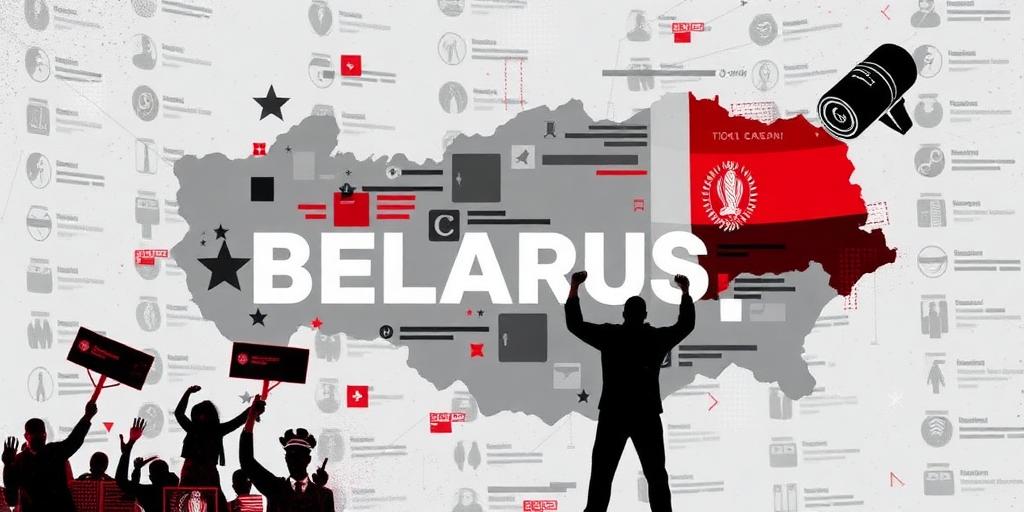The 2020 Belarus protests, sparked by a disputed presidential election, offer a stark example of how internet control can be wielded as a weapon against dissent. This post examines the strategies employed by the Belarusian government to suppress online activity and their implications for digital rights and freedom of expression.
Background: In the lead-up to the August 9, 2020 election, and in its aftermath, Belarus experienced widespread protests. Citizens took to the streets to contest the official results, which declared Alexander Lukashenko the winner. The government responded with a multi-pronged approach to stifle opposition, with internet control playing a central role.
Internet Shutdowns and Throttling: One of the most immediate tactics was the large-scale disruption of internet access. On election day and the days following, Belarus experienced near-total internet shutdowns. This blackout severely hampered the ability of protesters to organize, share information, and coordinate their actions. Even when access was partially restored, throttling techniques were employed to slow down internet speeds, making it difficult to disseminate videos and images of police brutality or protest activities.
Blocking Websites and Social Media Platforms: The government also blocked access to numerous websites and social media platforms that were being used to organize and report on the protests. Independent news outlets, human rights organizations, and popular social media networks faced restrictions, limiting the flow of information to the Belarusian public and the outside world.
Surveillance and Identification: Beyond shutdowns and blocking, the Belarusian authorities intensified their surveillance of online activity. Reports emerged of security forces using facial recognition technology to identify protesters from photos and videos posted online. This created a chilling effect, discouraging individuals from participating in demonstrations or sharing information for fear of retribution.
Cyberattacks and Disinformation: The digital landscape was further complicated by cyberattacks targeting independent media and opposition websites. These attacks aimed to disrupt the operations of these outlets and silence critical voices. Moreover, pro-government actors engaged in disinformation campaigns, spreading false or misleading information to sow confusion and undermine the credibility of the protests.
Implications and Lessons Learned: The Belarus case study highlights the critical role of internet access in facilitating freedom of expression and assembly. It also demonstrates how governments can exploit control over digital infrastructure to suppress dissent and maintain power. The events in Belarus underscore the need for greater international efforts to protect digital rights and promote internet freedom around the world. This includes advocating for policies that prevent arbitrary internet shutdowns, protect online privacy, and combat disinformation.
Conclusion: The Belarus protests serve as a cautionary tale about the weaponization of internet control. As digital technologies become increasingly central to political and social life, it is crucial to safeguard the internet as a space for open communication, democratic participation, and the free exchange of ideas.









